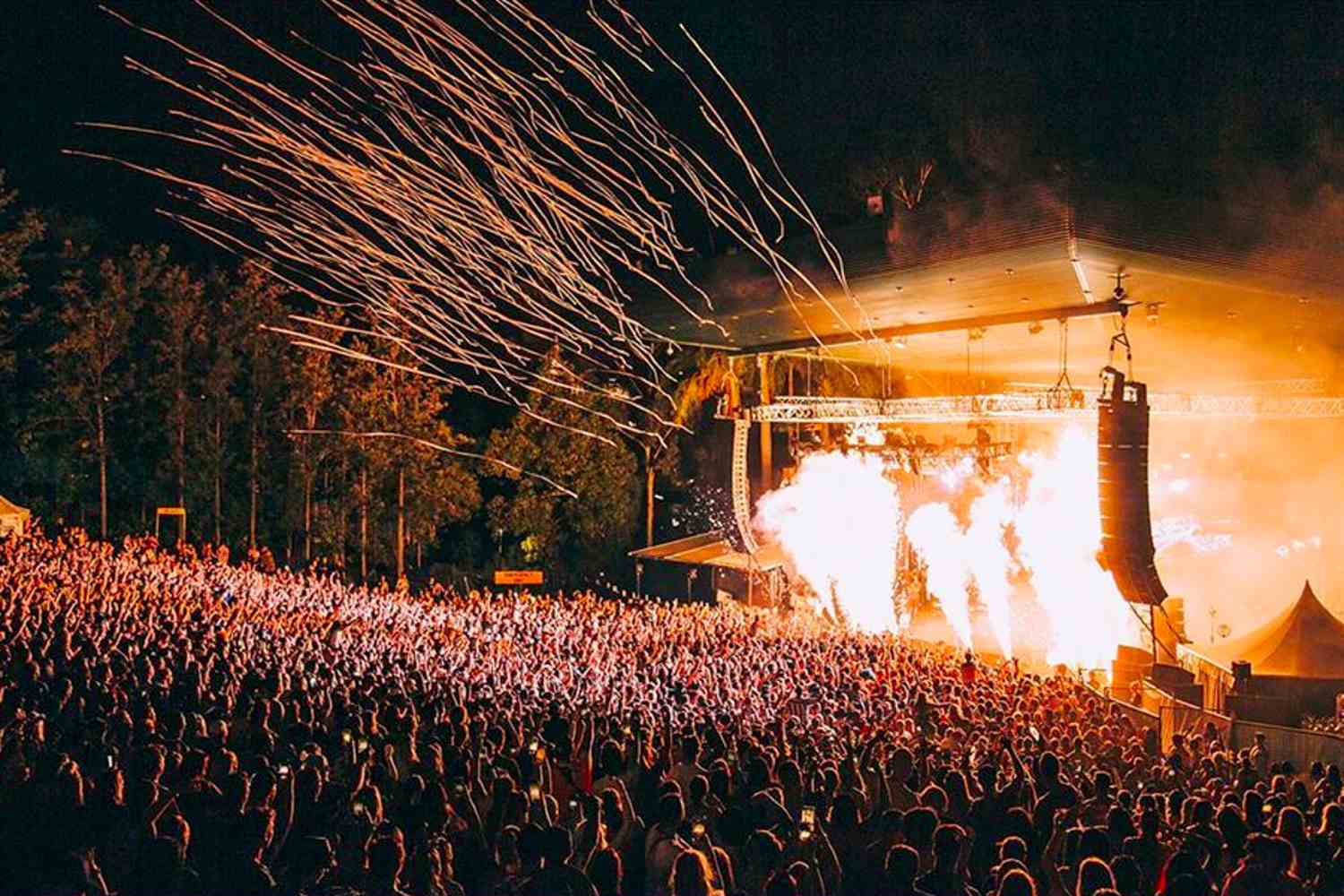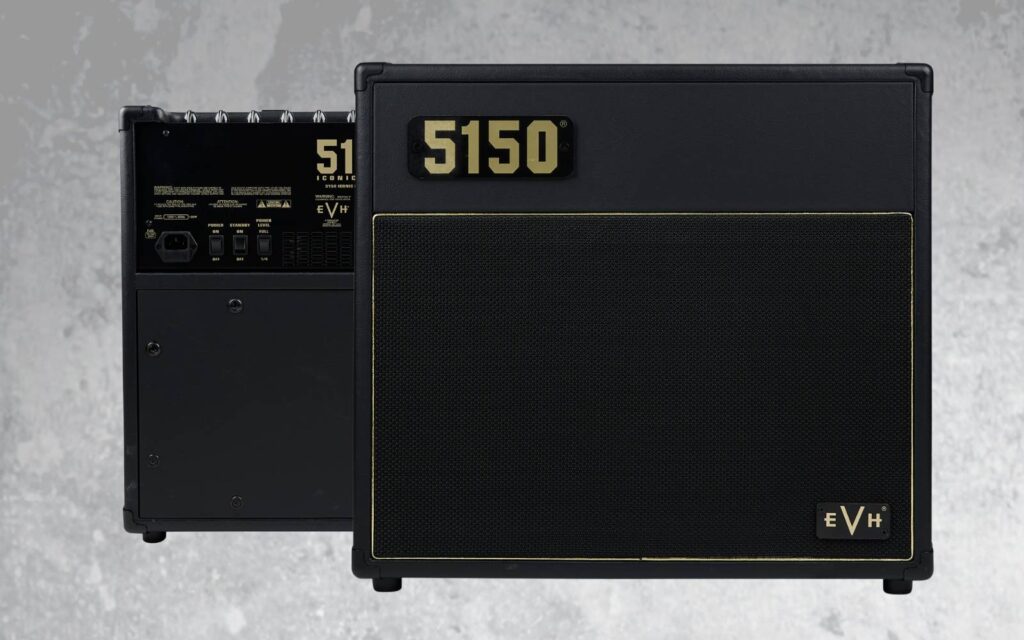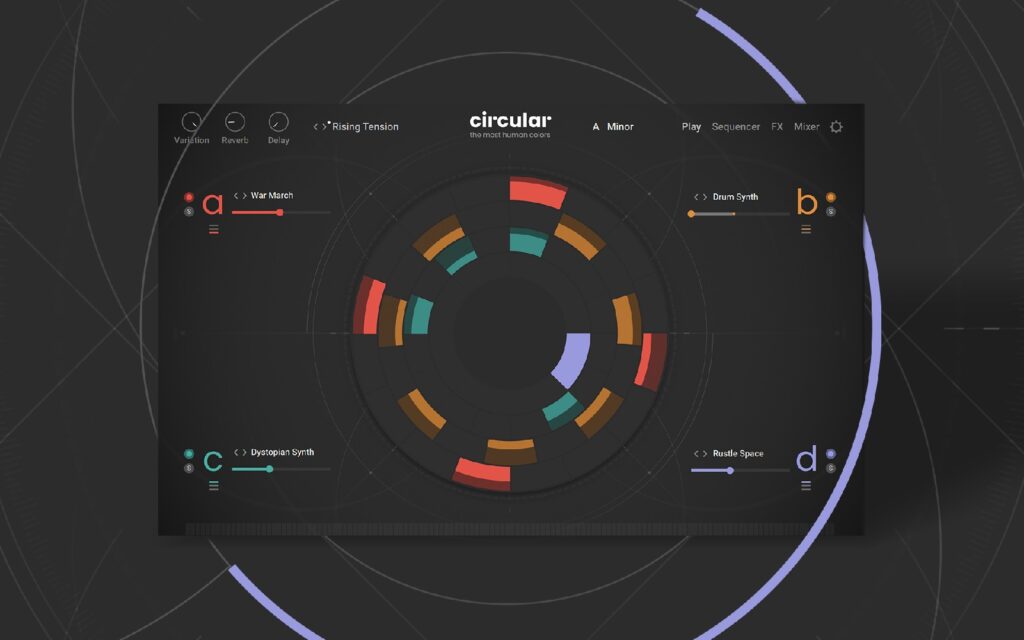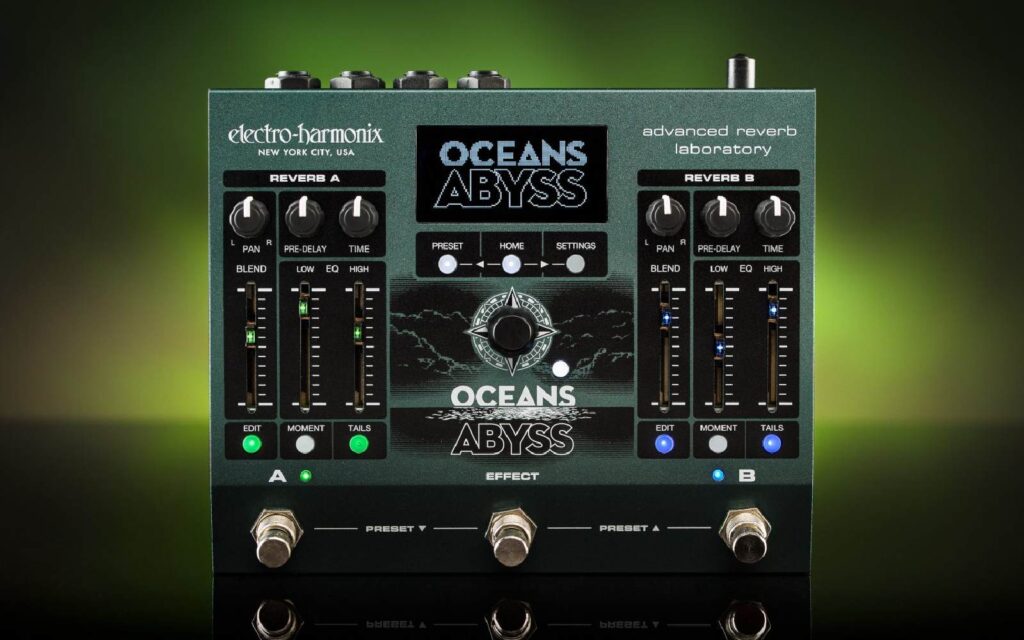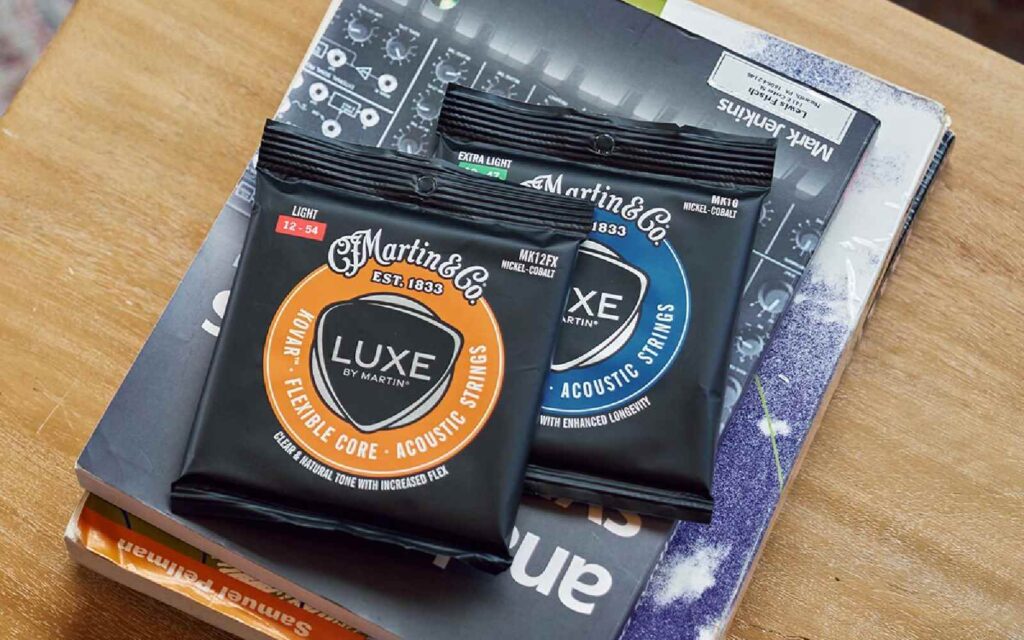The Feds roped out $8.6 million for the Revive Live program to provide support for music festivals and venues that showcased local acts.
Last week the promoters of music festivals had their arms outstretched as the Federal Government and three State/Territory Governments threw out lifelines in their respective Budgets.
Budget 2024
A week before the Budget was delivered, a Senate committee inquiry rushed out an interim report that recommended the Feds crank up funding for music festivals.
“Compelling Evidence”
Greens South Australia’s Sarah Hanson-Young, who chaired the inquiry, said it had received “compelling evidence the Government should step in to do a solid with the rapidly rising cost of overheads.”
These included “insurance premiums, particularly for those small, medium and local Australian arts and music festivals.
“This is not just about the big name, corporate backed music festivals, but more importantly, it’s about supporting local and independent festivals.
Read all the latest product & music industry news here.
Urgently Needed
“Funding is urgently needed to save our beloved small and medium Australian festivals from further cancellations… this would be a minor budget measure that would make a significant difference.”
The committed $8.6 million was publicly hip-hip-hurray’d by the live sector, especially since its Music Australia is also set to announce grants.
How Bad
But it has to be said that given what else was handed out the arts sector, the Feds didn’t really understand just how dire things were for much of the music sector.
$5.2 million to expand and develop the Canberra and Darwin symphony orchestras?
$117.2 million for Australia’s arts training institutions including NIDA and the Australian Film, Television and Radio School?
Really?
WA BUDGET
The highlight of WA’s May 9 Budget was that an extra $25 million over four years was signalled for the Major Events Fund to entice more exclusive entertainment and sports blockbusters to the state.
This ka-ching boost was on the cards when Coldplay’s two WA exclusive shows at the 60,000-seat Optus Stadium last spring exceeded the expected $68 million economic impact.
The 120,000 crowd included 40,000 international and nationwide visitors to the state who stayed longer and spent more.
Pitched
The Government also unsuccessfully pitched for Taylor Swift this year but had more success with sports spectacles as WWE, Italian and women’s football, UFC and international rugby.
Tourism Minister Rita Saffioti said the plan was to make WA an event capital of South East Asia and, aside from tourism dollars, provide a boost to WA jobs.
Homegrown
“Of course, we’re also very keen to build on our homegrown and local events scene in Perth, which is why we’ve created a new $3.6 million Metro Events program to further activate and create vibrancy in our city and give people another reason to visit WA,” Saffioti pointed out.
Culture and the Arts Minister David Templeman confirmed “$5.9 million in new funding for various creative industries, to support employment opportunities for local creatives, creation of new works and production and touring costs to showcase our talent across the state, nation and world.”
VICTORIA
Victoria’s Budget on May 7 cut $285 million in funding for major events and tourism promotion that normally has ties with live music.
But there was still a $1 million bump-up for the Music Works program and a roll out a $10 million live music support package.
Music Works
The ground breaking $11 million Music Works, through various initiatives, has funded regional music festivals, indie labels to sign and market new talent, and supports international tours, gigs, and job opportunities for artists, tech crews and industry workers, as well as sectors such as security, hospitality and tourism.
Music Victoria commented, responding to the Budget, “In addition, we acknowledge the allocation of $6.5 million over four years to support creative festivals and homegrown events.
“We eagerly anticipate receiving further details regarding this allocation and what it will mean for the music industry.”
Unresolved Challenges
The association added: “Despite the unresolved challenges faced by live music venues regarding insurance and the discontinuation of the sick leave guarantee, so important for the music industry gig workers (noting the State Government is calling on the Federal Government to take this over), we remain committed to advocating for these issues and others to the Government.”
Festivals Fund
On behalf of the Victorian Government, Music Victoria will administer the Live Music Festivals Fund and 10,000 Gigs.
The Live Music Festivals Fund will provide grants of up to $50,000 to established festival organisers to support them to stage new or existing events.
The Victorian Gig Fund aims at staging 10,000 live music gigs across state in the next four years.
Venue operators apply for up to $10,000 across 2024-25 to go towards Victorian artists’ fees for gigs at their venues.
Solve
“While this budget doesn’t solve the monumental challenges currently faced by the industry, it is as we expected given the wider economic context,” said Fiona Duncan, Deputy Chair of Music Victoria.
“We look forward to informing future Victorian State budgets as part of the next Victorian Creative State strategy, to which so many from all sectors across our industry have already contributed their insights as part of our recent extensive industry stakeholder consultations.”
Venue Audit
A live music venue audit is currently underway, as are consultations with the Department of Planning to enhance land use planning protection of live music venues in Victoria.
NORTHERN TERRITORY
The NT Budget shelled out $41.5 million to support the Territory’s festivals and major events, including BASSINTHEGRASS, Parrtjima – A Festival in Light and Darwin Festival.
ARIA Response
Responding to the Federal Budget, the Australian Recording Industry Association (ARIA) said funding of festivals had wider repercussions for the music industry.
“The commitment to funding for festivals and live music will support a vital channel for discovery, ensuring our talented up and coming artists – as well as our established artists – get in front of new and larger audiences faster,” said its CEO, Annabelle Herd.
Grants
According to Creative Australia, almost half (46%) of music festivals in 2022–23 received government grants.
But average grants made up less than 4% of a festival’s average revenue.
ANA’s Insight Report To Scale noted that in the broader cultural and creative sectors, 87% of income was created by sales and services in 2020—2021.
Only 5%
Government grants only made up 5% although that might have risen since then as various governments injected more moolah to kickstart the live and creative sectors.
We reckon that not only should Governments up their funding, but they need to work more closely with promoters on how that coin should be distributed so it reaches the right people.
15 TIPS TO THE GOVERNMENT ON FUNDING FESTIVALS BETTER
These ideas come from submissions to the Senate and advice from live music figures.
They can be contradictory, obviously, but are ideas to ponder.
Focus
(1) Focus on major events who are still trying to re-establish themselves after the pandemic, than on new promoters wanting to start new festivals.
Some bigger promoters point out that many recent cancellations were by new entrepreneurs given money bur didn’t have the experience or understanding of the market to survive.
Hiring
(2) Bluesfest’s Peter Noble said that big festivals can hire up to 2,000 people each – and for purely economic reasons, should be first in line to be financially supported.
(3) But promoters of smaller festivals argue that they should also get Government bail-outs because they ensure more competition, keep ticket prices down, and offer a greater diversity of acts and crowds.
Investment
(4) Live Performance Australia’s CEO Evelyn Richardson suggested the Government take a more strategic approach to public investment in festivals.
“We need to ensure that public funding across all levels of government is well targeted and fit for purpose,” she said.
Aussie-Owned Only
(5) In a feature in The Guardian Australia, Oztix co-founder Brian “Smash” Chladil, promoter and artist manager Paul Curtis and booking agent Paul Sloan argued that only Australian-owned festivals should be given funding.
They were targeting multinational companies as Live Nation which owns Splendour and Falls. The Guardian claimed these companies had received $16 million in grants from various Governments since 2021.
Artist Restrictions
(6) Festivals which put barriers on artists from playing elsewhere weeks or months before and after the festival appearance, should not get funding as restrictions cut into artists’ incomes.
(7) Give young people live entertainment vouchers to spend on festival tickets, a system that had worked in Europe.
Tax Solution
(8) Responding to the Federal Budget, APRA AMCOS again called for a tax offset.
“A tax offset to support the growth of live music would not only be a catalyst for the social and cultural development of live music it would also provide an injection of confidence across the tourism and hospitality economy,” its CEO Dean Ormston stressed.
In an APRA AMCOS survey of live music venues, nightclubs and promoters in May 2024, almost 80% considered a tax offset was the most important solution to the current crisis.
Police
(9) Review the legal need for such a large number of police, especially in NSW, to mandatory to be at festivals.
They are expensive, and a drain on promoters.
The Australian Festival Association (AFA) said for one touring festival, NSW blueys charged $67,000 for patrolling a 22,000 crowd, while Victoria’s charged only $7,500 for a crowd of 30,000 and $37,000 for a 20,000-strong gathering in Queensland.
The large number of cops are also off-putting to younger patrons, suggested Adam Smith of Wollongong’s Yours And Owls.
Crews
(10) An Adelaide Fringe recommendations was that festivals which actively train the next generation of production crew, backstage staff and tech skills should be given priority.
Similarly, Governments can also encourage production and crews who left the industry during COVID to return, or get in new entrants, through cheap courses run by promoters and road crew associations.
Insurance
(11) One of the recommendations by the Senate inquiry was for the Government to work with festival promoters and the insurance industry to reduce premiums and come up with ways so that insurance is accessible to small and medium events.
The Australian Festival Association told the inquiry that some operators found insurance premiums jumped tenfold, while operational costs rose by 40%.
“Festivals are currently experiencing a crisis from a combination of issues occurring at once, to create what we see as a perfect storm,” its Chair, Adelle Robinson, said.
UK Lead
(12) Alternatively, Governments could take a lead from the UK, where the live sector is pleading with the Government to offer its own insurance scheme to protect festivals from bankruptcy, similar to those implemented in Germany and Austria.
Music Victoria is already pushing for this in Victoria, and the live sector in Canberra is also considering such a move.
Supply Chain
The UK festival sector is arguing that a Government-backed insurance scheme would further benefit supply chains, local economies, and British taxpayers.
Festivals bring £1.76 billion (AU$3.38 billion) in value to the British economy each year, supporting 85,000 jobs.
Tourism
(13) Last week’s Budgets all bankrolled a boost in tourism.
Australian festivals play a role in tourism, said a 2019 report by Tourism Research Australia.
It found Australians took almost 3.9 million day trips to attend festivals (and music and cultural events) spending $461 million.
Capital City
Capital city residents make up 56% of visitors to a festival. Intestate travellers are 39% of visitors and stay longer, by an average of 4.3 nights.
As tourism and festivals seem mutually beneficial, Governments can work to ensure that tourism initiatives encompass festivals and other forms of live music.
Evaluation
(14) The Senate inquiry was part of an evaluation of the Federal Government’s five-year national cultural policy initiated in January 2023 to revive the arts sector.
The Feds previously committed $20 million over 2020 to 2024 under the Live Music Australia program, with applicants able to apply for up to $100,00.
But the committee found this grant “did not always reach the artists most in need”.
Greater Involvement
This further suggests greater involvement by music industry executives on how the money should be dispersed.
(15) The community broadcasting sector suggested the Federal Government divert more funding to it, because indirectly, community radio helps festivals.
This is through community radio’s constant plugging of festivals, and being a source of socially diverse fans which festivals need.
Another is radio “hosts events and undertake activities that support skills development in music production, sound engineering, AV, promotions and event management that build local capacity in event and festival production.”
Read more about the full Budget here.
